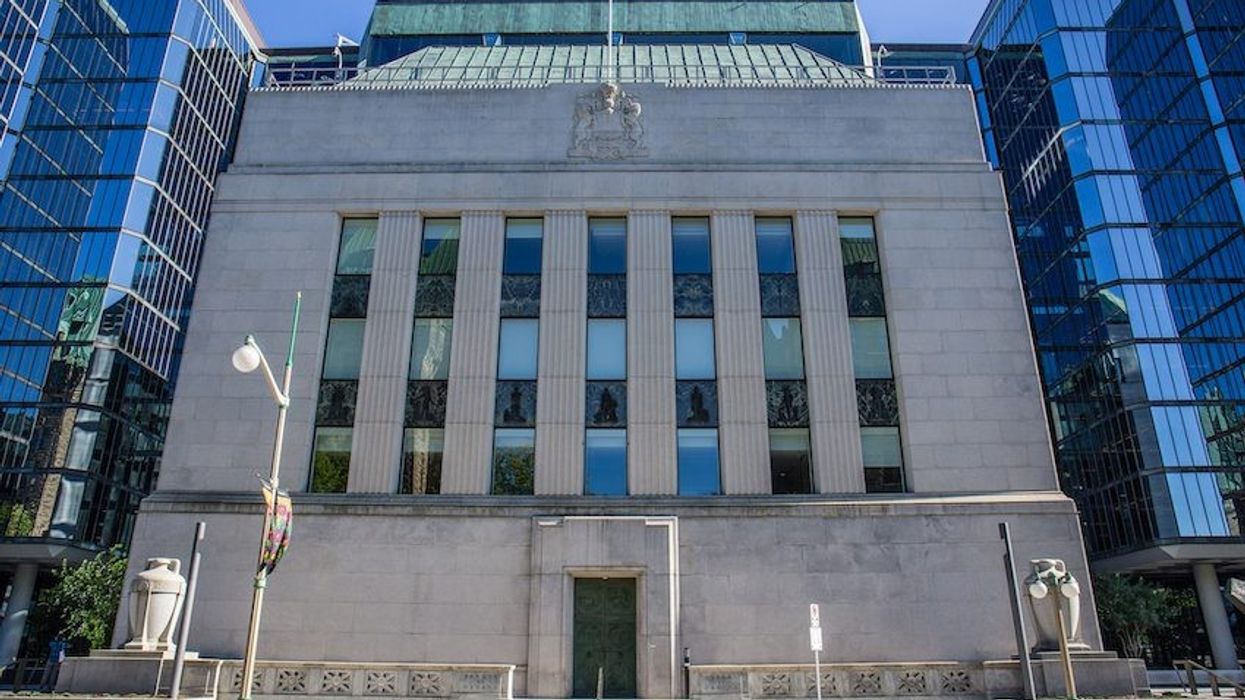Deputy Governor Toni Gravelle has made it clear Canadians can expect interest rates to keep rising for the foreseeable future - and that they may even need to broach the “neutral” threshold of 2 - 3%.
Speaking to l’Association des économistes québécois (ASDEQ), Gravelle acknowledged that inflation pressures have been “higher and more tenacious” than the central bank had expected, due to the fact that the economic conditions of the pandemic were unprecedented. This is what led to the BoC’s initial take that rising inflation would be “transitory,” with the expectation that conditions would normalize as supply chain snarls eased.
However, that hasn’t been the case, with the pace of inflation hitting three-decade highs in consecutive months since Janaury. That's led to the BOC taking considerable heat from analysts -- as well as federal political opposition - for being “behind the eight ball," stoking concerns that the current rate cycle did not start early enough. As a result, the BoC has had to revise its forecast for inflation higher in each of its Monetary Policy Reports released this year.
“This sharp rebound in global demand for goods, along with pandemic-related restrictions and some weather-related events, created the perfect storm,” Gravelle stated. “The global supply of goods did not meet rapid growth in demand, causing goods prices to rise in Canada and around the world. Second, as I discussed, global commodity prices rose faster than anyone expected, partly in response to the strong economic recovery and more recently the war in Ukraine.”
As a result, he added, the BoC’s current policy rate of 1% -- which it reached when it implemented a half-point increase on April 13 -- “is too stimulative, especially when inflation is running significantly above the top of our control range. We need our policy rate to be at more neutral levels to help cool demand growth and bring the economy into balance. That’s why we are taking actions to normalize our policy rate quickly and are prepared to be as forceful as needed.”
"Simply put, with demand running ahead of the economy’s capacity, we need higher interest rates to cool domestic inflation. And as we’ve said before, the economy can handle it."
READ: “Solid Case” For Bank of Canada to Make 1% Rate Hike as Inflation Soars
What Would it Take to Rise Above Neutral?
A “neutral” policy rate for the Bank -- the threshold where interest rates aren’t so low that they overly encourage borrowing, but not too high as to freeze up credit -- sits between 2 - 3%. This could become a possibility should global supply chain issues persist, as well as consumers naturally spending more as COVID-19 restrictions continue to ease. The Bank has all but assured it will implement another 0.5% increase on June 1 in its next policy announcement.
Another factor is that today’s rate hikes may have less teeth than those past, as Canadians are in generally better financial shape than before the pandemic, with the average household accumulating $12,000 in liquid assets, and having reduced non-mortgage debt balances.
Gravelle also points to the fact that Canada’s too-hot-to-handle housing market is being driven by catalysts not directly related to interest rate hikes, such as immigration, as well as growing demand for bigger properties and suburban locations -- which could outstrip the bank’s projections, despite rising rates.
On the flip side, he says the BoC could reverse its hiking mandate should commodity prices start to decline, “especially if the war in Ukraine is resolved.” He also warns consumer spending on goods could decline faster than expected, as the economy is now almost fully open, and spending redirects back into the service sector -- a reversal of what occurred at the start of lockdowns.





















